Olive Green
Olive Green are small fruits that grow on olive trees. They have a smooth, oval shape and come in different colors, like green and black. Olives green are harvested and processed to make olive oil, which is widely used in cooking and as a salad dressing. Besides, Olives green are enjoyed as a snack or as an ingredient in various dishes.
They have a unique taste that can range from mild to tangy or even slightly bitter, depending on the variety. Olives are rich in healthy fats and antioxidants, making them a nutritious addition to your diet.
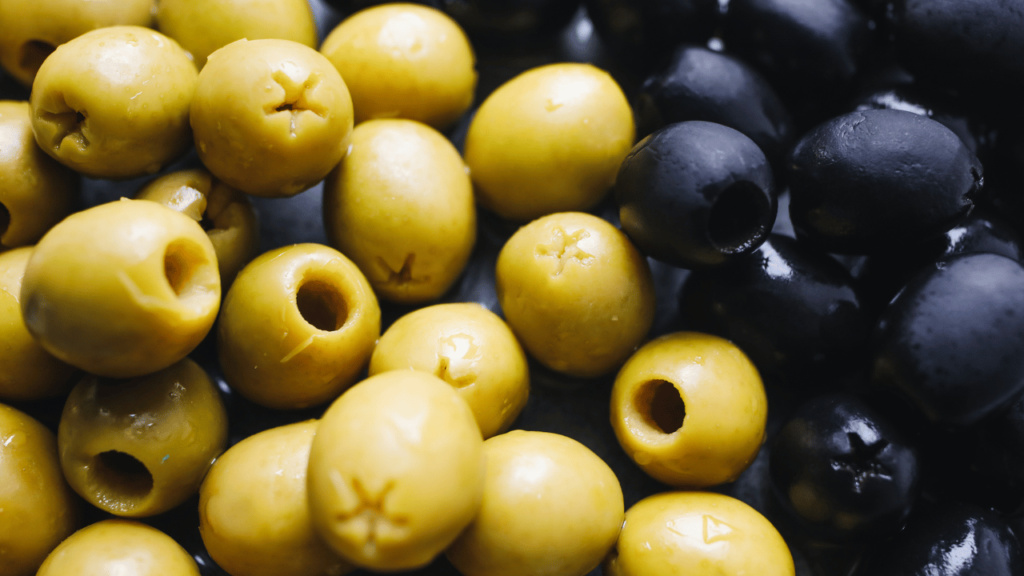
How Olive Grow?
Olive trees grow in various climates, but they thrive in Mediterranean regions with mild winters and hot, dry summers. They are typically grown from cuttings or grafted onto rootstocks. Olive trees prefer well-drained soil and plenty of sunlight. They can tolerate drought conditions and are known for their resilience. The trees start producing fruit after a few years, with peak production occurring around 15-20 years of age.
Olive flowers bloom in the spring, and pollination is usually done by wind or insects. The fruit starts as small green drupes and gradually matures to its final color, whether it’s green or black, depending on the variety. Harvesting usually takes place in the late summer or early fall. It’s fascinating to see how these beautiful trees grow and produce such delicious fruits.
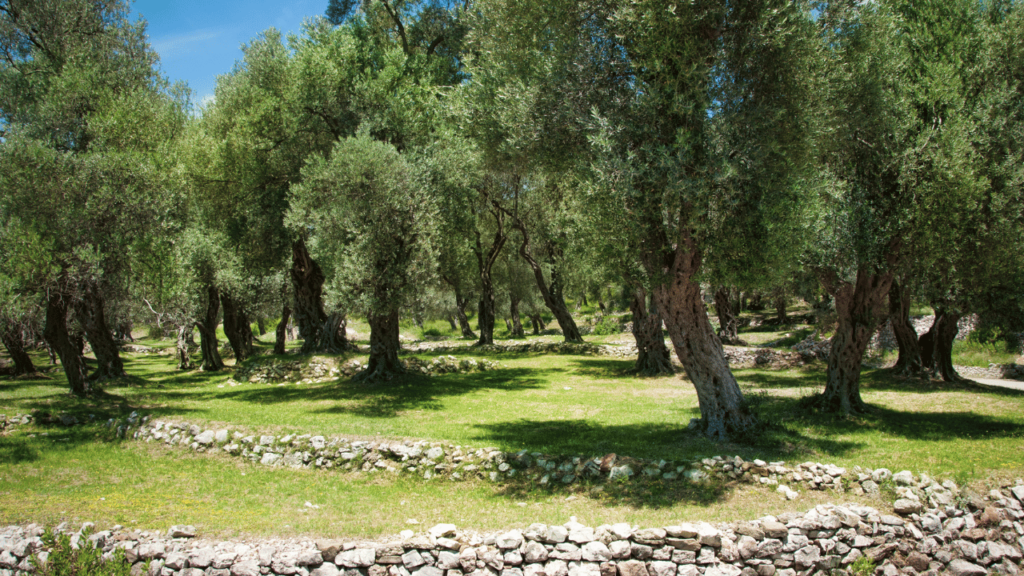

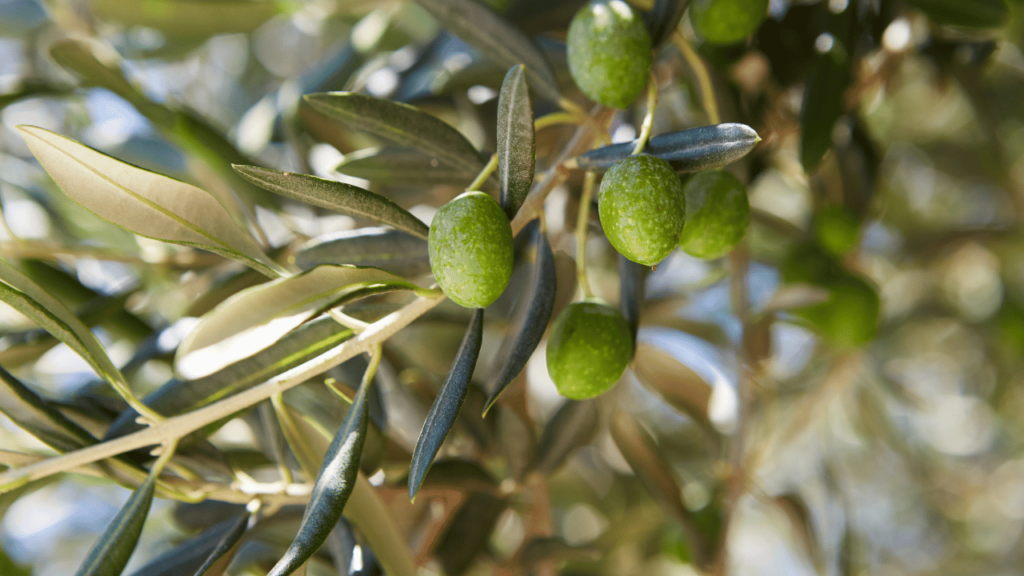


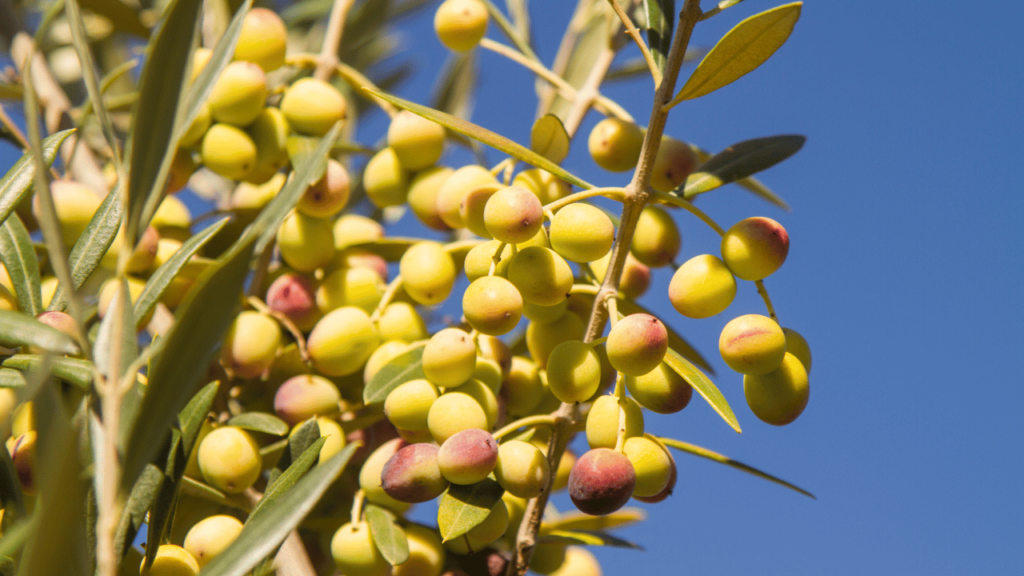
Cultivation Of Olive
Olive trees are found in many countries around the world, especially in Mediterranean regions. They are commonly grown in countries like Spain, Italy, Greece, and Turkey. These countries have a long history of olive cultivation and are known for producing high-quality olive oil.
Other countries where olives are grown include Portugal, Tunisia, Morocco, Algeria, and the United States (particularly in California). Olive trees can adapt to different climates, so you may also find them in regions outside of the Mediterranean, such as Australia, South Africa, and parts of South America. It’s amazing to see how olives thrive in various corners of the globe.
Benefits Of Olive
Benefits of olives:
- Heart Health: Olives are rich in monounsaturated fats, specifically oleic acid, which can help reduce bad cholesterol levels and lower the risk of heart disease.
- Antioxidant Powerhouse: Olives contain powerful antioxidants like polyphenols, which help combat inflammation, oxidative stress, and protect against chronic diseases such as cancer, diabetes, and neurodegenerative disorders.
- Nutrient-Rich: Olives are a good source of essential vitamins and minerals, including vitamin E, iron, calcium, and fiber, which are important for overall health and wellbeing.
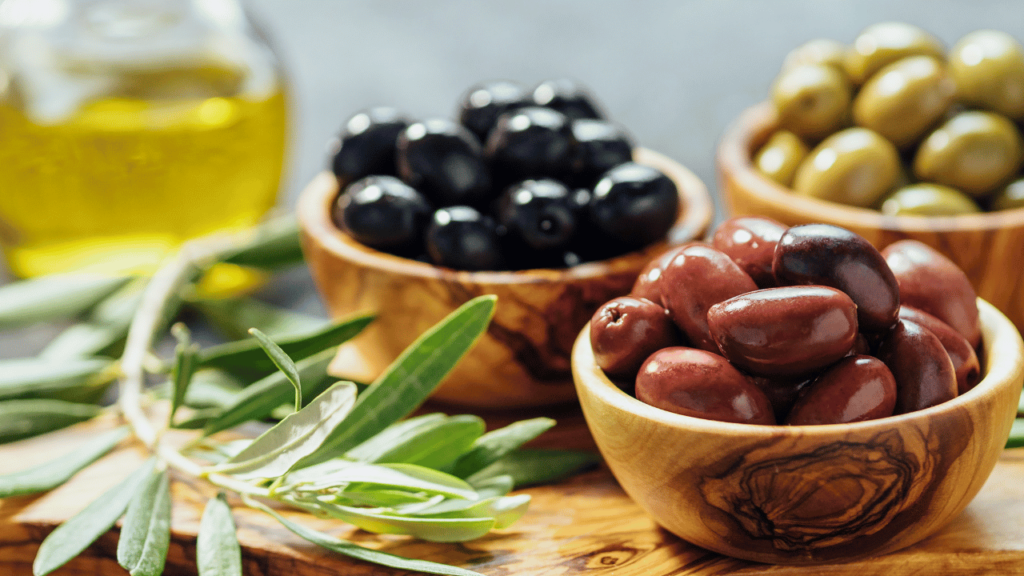
Life is like an olive, sometime bitter but with a little twist it becomes delicacy.
- Brain Boost: The monounsaturated fats in olives have been associated with improved cognitive function and a reduced risk of cognitive decline.
- Digestive Health: Olives contain dietary fiber, which promotes healthy digestion and helps prevent constipation.
- Weight Management: The healthy fats in olives can help increase feelings of fullness, leading to reduced calorie intake and potentially aiding in weight management.
- Mediterranean Diet: Olives and olive oil are staples of the Mediterranean diet, which has been linked to numerous health benefits, including a reduced risk of heart disease, stroke, and certain cancers.
Remember to enjoy olives in moderation as part of a balanced diet to reap their wonderful benefits.
Types Of Olive
There are many different types of olives, each with its unique characteristics and flavors. Some popular varieties include:
- Kalamata Olives: These olives are dark purple or black in color and have a rich, fruity flavor. They are often used in Greek cuisine and are known for their meaty texture.
- Green Olives: Green olives are harvested before they fully ripen, giving them a bright green color. They can range in flavor from mild to tangy and are commonly stuffed with ingredients like pimentos or garlic.



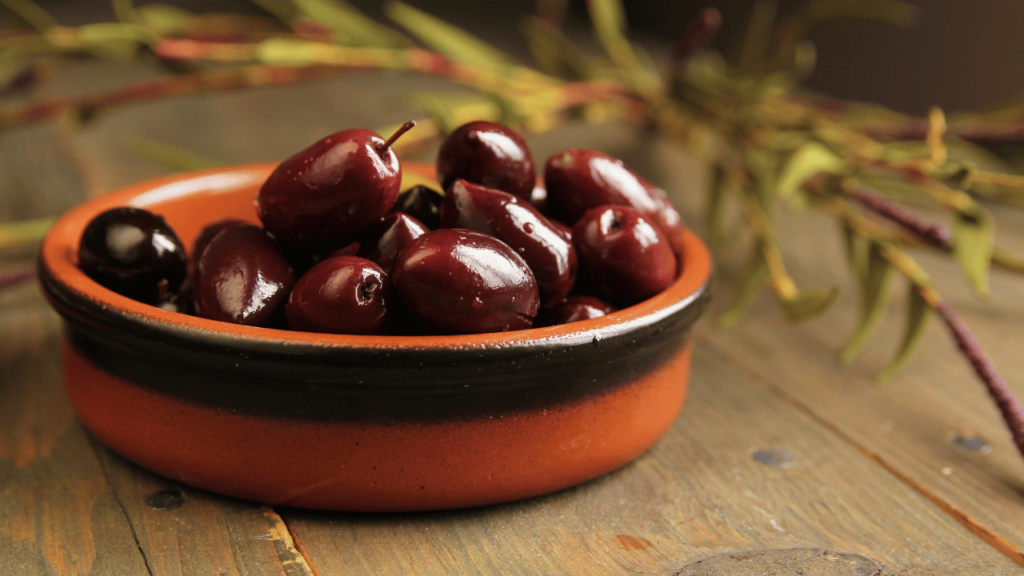
- Manzanilla Olives: Originally from Spain, Manzanilla olives are small and round with a firm texture. They have a slightly salty taste and are often used in dishes like tapas and martinis.
- Nicoise Olives: These olives come from the south of France and are small, dark brown, and have a smooth texture. They are known for their slightly bitter taste and are often used in salads and Nicoise cuisine.
- Castelvetrano Olives: Hailing from Italy, Castelvetrano olives are bright green in color and have a buttery, mild flavor. They are often served as a snack or used in salads and pasta dishes.
These are just a few examples, but there are many more varieties of olives to explore and enjoy.
Ways To Consume Olive
Olives are a versatile ingredient that can be enjoyed in many ways, based on one’s personal preferences and culinary traditions. Below are some common ways people savor olives:
- Snacking: They can be consumed straight from the jar as a healthy and tasty snack.
- Salads: They make a popular addition to salads, adding a burst of flavor and texture. Slice or chop them and toss them into your favorite salad recipe.
- Tapenades: Olives are often used to make flavorful spreads called tapenades. You can blend them with ingredients like garlic, capers, and olive oil. Tapenades can be used as dips, spreads on sandwiches, or as a topping for grilled meats.




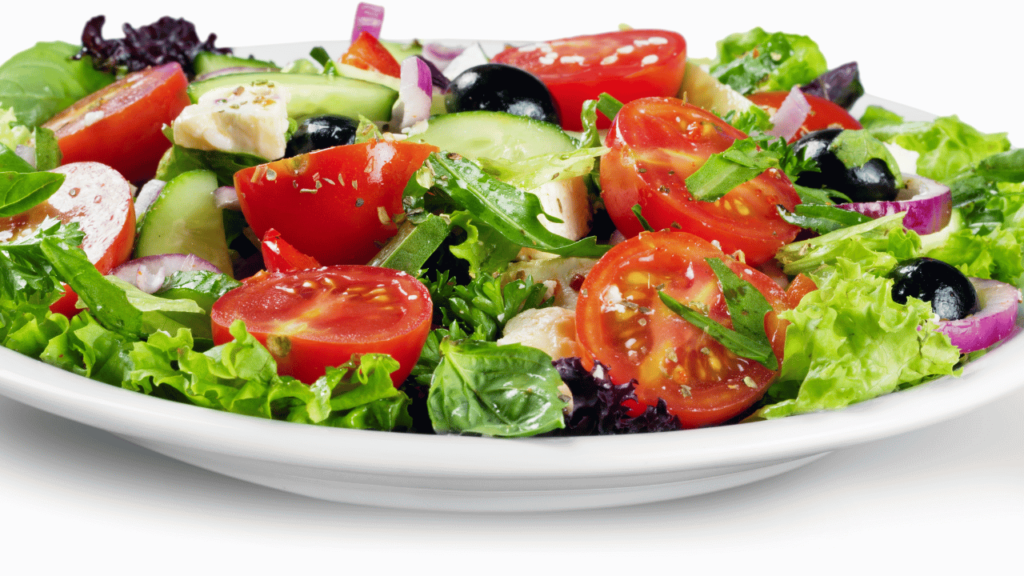

- Pasta and Pizza: They can be sliced or chopped and used as a topping for pasta dishes or pizzas. They add a tangy and savory element to these dishes.
- Martini Garnish: Green olives can be skewered and placed in the drink for an extra touch of flavor.
Remember, the possibilities are endless, so feel free to experiment with different recipes and combinations.
Benefits Of Olive Oil
Olive oil has numerous benefits for our health and well-being! Here are some of the key benefits:
- Heart Health: Olive oil is rich in monounsaturated fats, which can help lower bad cholesterol levels and reduce the risk of heart disease.
- Antioxidant Properties: Olive oil contains powerful antioxidants that can help protect our cells from damage caused by free radicals, contributing to overall health and reducing the risk of chronic diseases.
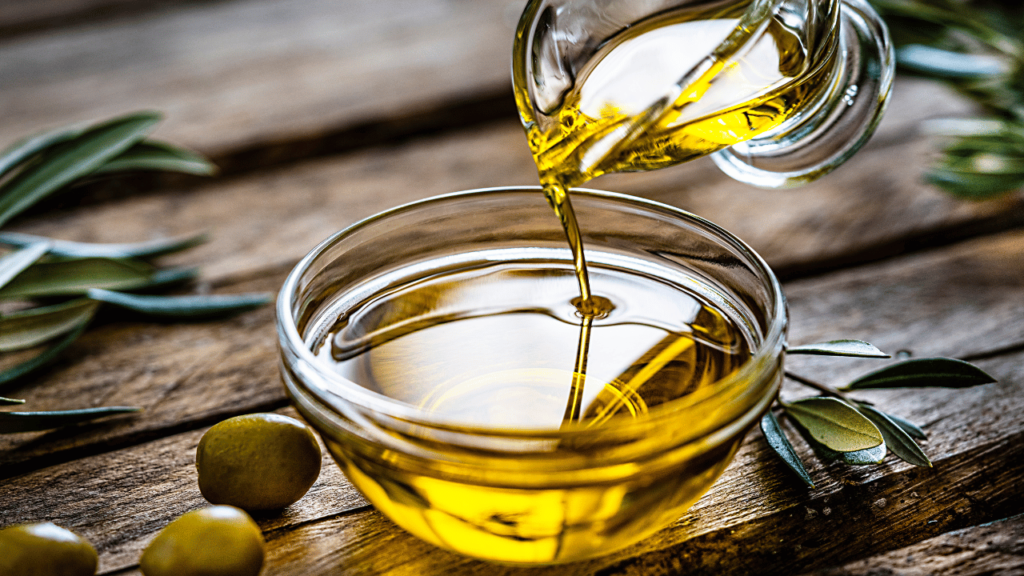
Olive oil is like a gold liquid for your health, its rich in healthy fats and antioxidants that can promote heart health and reduce inflammation.
- Anti-inflammatory Effects: The antioxidants in olive oil have anti-inflammatory properties, which may help reduce inflammation in the body and support overall health.
- Skin and Hair Care: Olive oil is often used in skincare and haircare products due to its moisturizing and nourishing properties. It can help hydrate the skin, improve skin elasticity, and promote healthy hair.
- Digestive Health: Olive oil has been linked to improved digestive health. It may help stimulate the production of digestive enzymes and support a healthy gut.
Remember to choose extra virgin olive oil for the most health benefits, as it is less processed and retains more of the natural compounds found in olives. Incorporate olive oil into your diet and skincare routine for a healthier lifestyle.
Famous Dishes Of Olive
Olive is a versatile ingredient that is used in various cuisines around the world. Here are some famous dishes that feature olives:
- Greek Salad: This refreshing salad typically includes tomatoes, cucumbers, onions, feta cheese, and of course, Kalamata olives. It’s dressed with olive oil and a sprinkle of dried oregano.
- Tapenade: It’s a flavorful spread made from olives, capers, anchovies, garlic, and olive oil. It’s often served as a dip with bread or used as a condiment in sandwiches and wraps.
- Niçoise Salad: Originating from Nice, France, this salad features ingredients like tuna, hard-boiled eggs, green beans, tomatoes, and black olives. It’s typically dressed with a vinaigrette made with olive oil.
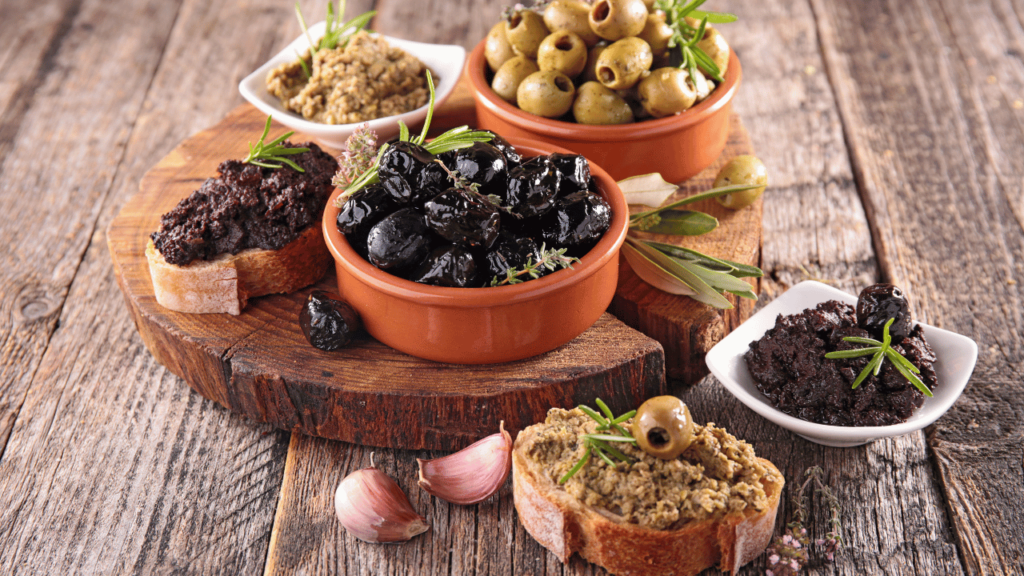
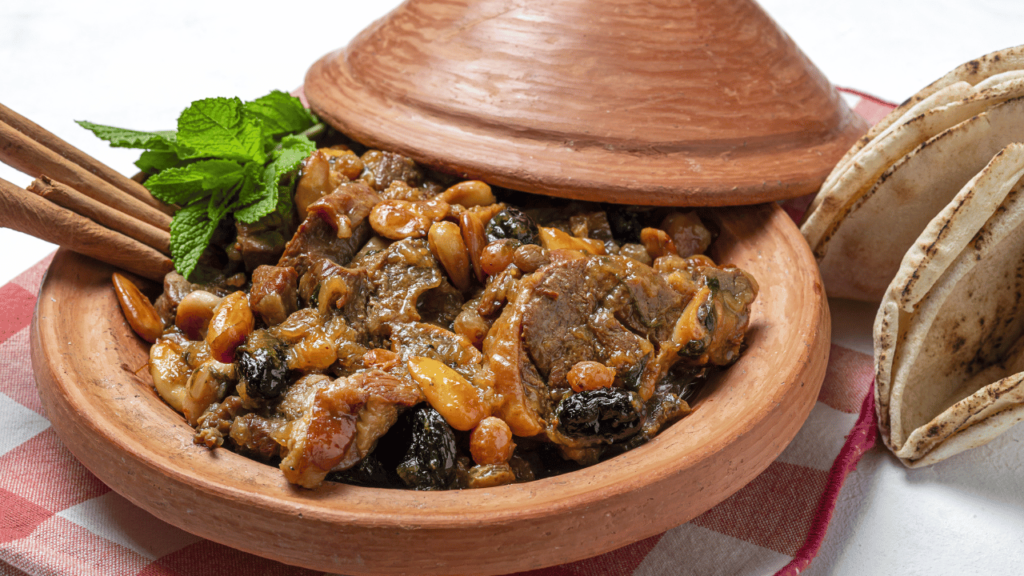

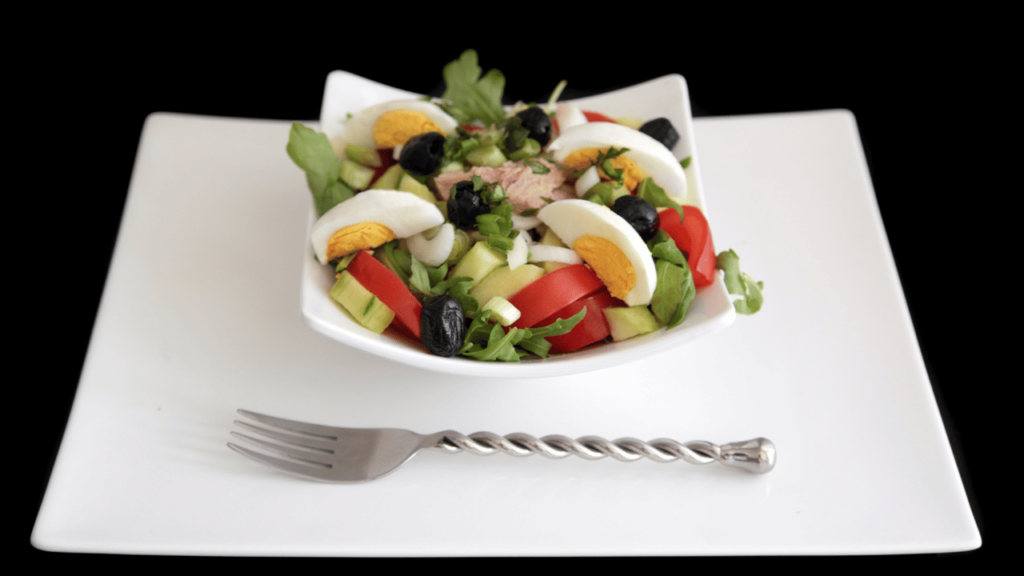

- Pizza Margherita: This classic Italian pizza is topped with fresh mozzarella cheese, tomatoes, basil leaves, and a few black olives. The olives add a tangy and savory flavor to the pizza.
- Moroccan Tagine: Olives are commonly used in Moroccan cuisine, and they often appear in tagine dishes. A tagine is a slow-cooked stew that typically includes meat, vegetables, spices, and olives.
These are just a few examples, but there are countless other dishes that incorporate olives in unique and delicious ways. Enjoy exploring the world of olive-infused cuisine.